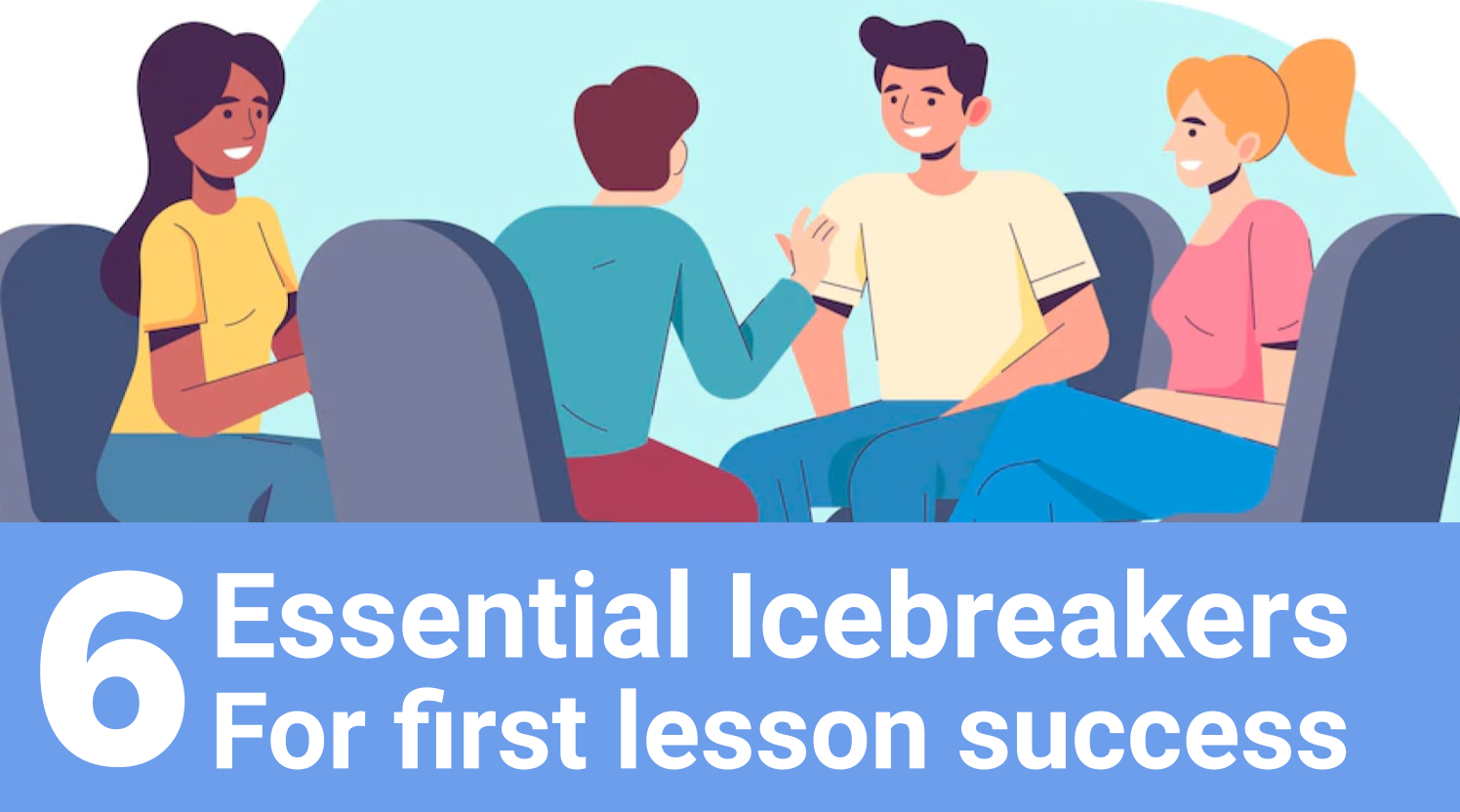8 Tips On Becoming A Successful Corporate Teacher


Teachers may feel awkward speaking in front of a group of new faces who appear to be watching in a quite judgmental manner. Students also feel nervous during a first class, as they may not have spoken English for a very long time. This often creates a series of confidence issues with the student, fearing making a mistake. Their last experience with an English teacher may have been in a strict, grammar-focused classroom environment many years ago. The first class should promote a positive learning environment, where using the target language, whether right or wrong, is viewed as beneficial for the students. This is often the biggest hurdle faced by ESL teachers when dealing with adult learners on a basic level.
Additionally, the first lesson is also a prime opportunity to build a rapport with the students. By developing a strong connection with students, teachers set a cooperative learning environment that is easy for you and comfortable for the students. You should also use the first class as a time to evaluate the level, needs and wants of the students, and this can be done through a number of activities that are fun, entertaining and sure to develop all of the important qualities that set the mark for what will be a successful course.
‘?‘
When I walk into a class for the first time, instead of introducing myself, I like to draw a big question mark on the board and get the students to do all of the hard work. I sometimes tell them that I would normally introduce myself, but I’m feeling a little tired and that they must do the hard work. For more advanced students, the teacher could walk in the class and have students ask whatever comes into their mind with little preparation, while lower levels could work in pairs or groups and write down some questions they could ask. Error correction is very important, the teacher should write the question on the board, and if a question is asked in a structurally incorrect way, the teacher can elicit the answer from other students. This is good way to build the confidence of students and show them that incorrect answers are still helpful. This exercise is a great way to start off a class as it puts the students in a position where they are effectively doing work in your class, experiencing your role as a teacher, and building their confidence in using English in a fun and light-hearted manner.
‘Lie Detector’
Lie detector is a great way to build rapport and trust with students. This activity involves the teacher writing three sentences on the board about him or herself: 2 are true, and 1 will be a lie. Teachers should embellish the details slightly and write some sentences that the students wouldn’t be likely to guess. Depending on the level of the students, the students can then ask questions about the topics of the three statements about the teacher to determine the lie. BUT, the hook to this game is that YOU, the teacher, may lie to the students in your response, and the students must play the role of a lie detector and figure out which sentence is a porky pie. You can then set it up as a fun game, while analyzing the level of the students by getting them to write three sentences about themselves, with one of the sentences being a lie. A good way to do this is the class versus the teacher, if the student can successfully deceive the teacher, the class will get the point. If the teacher can successfully detect the lie, the teacher will get the point.
Talk about your partner
In some classes, especially basic levels, the students may not possess the necessary knowledge of sentence structure or vocabulary for the above exercises. Introductions are vital, as the teacher can learn a lot about the interests, along with wants and needs of a student. You may find out something rather unique, like the softly spoken middle-aged woman who drives rally cars as a hobby on the weekend! This would make quite a fantastic talking point when it comes to asking the student about her weekend. To avoid being predictable and to challenge the students, introductions can be done with a twist – by finding out the information from their partner and completing presenting the information to the class. This takes a traditionally quiet, individual task and transforms it into a fun, social activity that incorporates the additional skills of forming questions – provided the student uses English and not their native language. It’s also helpful when students can feel comfortable with one another and establish friendly and thereby beneficial relationships. Icebreakers are also a way to build confidence and trust.
Expectations, wants and needs
When dealing with children, the expectations of the teacher play a significant role in contributing to a productive flow of the course, especially for dealing with classroom management. However, when it comes to dealing with adults, focusing on the expectations of the students is vital when providing extracurricular activities. All adult students would have an expectation of an English class, and when you fulfil the expectations of the student, you succeed as an ESL teacher. By finding out the expectations of the students, you can tailor the course around their wants and needs, which at the end of the day gives you positive feedback and provides you with a great reputation that can lead to more opportunities in the future. Setting goals for students’ personal hopes and dreams for the year is also a way to initiate and develop goals for them. For example, what they want to do or be when they grow up, or graduate.
This game requires cards with questions where students the choose from two options and decide what they would rather do. For example:
“Would you rather… ?”
be happy and poor, or rich and unhappy?
have more time or more money?
live on the beach or in the forest?
eat your favorite meal for every meal for the rest of your life or never be able to eat your favorite meal again?
be a famous sportsperson or famous actor?
lose you phone or your keys?
Play this as a class or divide students into pairs where they can take turns asking each other You can follow up by asking students “Why or why not?” and have a few fun explanations.
Finish the Story
This game brings out the creative side of students and motivates then to think. It includes half-sentences that students need to finish. After you have set the first few examples, encourage them to think up some of their own. Then their classmates can finish the story. You can write the sentences on pieces of paper or the board. Write them in such a way that students can easily understand and so they can start a story. For example:
When I went to the store….
Yesterday, I was walking to school….
When I was on the bus, I saw….
I looked down on the ground, and there….
I went to see the….
I woke up in the middle of the night and….
Students read the half-sentence out loud, then complete it with whatever they like. The story can continue with another sentence, followed by another until that topic is over. A new half sentence can be introduced. Have fun and let their imaginations run wild.
End the class on a fun note
After completing a successful first class, leave on a high note and play a game. A great little quicky vocab game is to come up with a topic, e.g., ‘The Beach’, and have the students stand up and form a circle in the middle of the room. The student must say an original word associated with the topic, e.g., ‘sand’, ‘sea’, etc. If the student gives an answer that is not associated with the topic, takes too long to answer or repeats a word, they must sit down. The game continues until one person is left standing, who is the winner.
All you need to do is arm them with the confidence to succeed, find out what they expect from the class, while taking a fun and light-hearted approach. By following the above steps, your students will love you, and have the confidence to express themselves and walk away from the class having learned something new in constructive and enjoyable atmosphere.